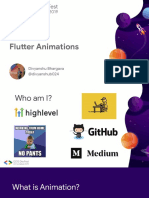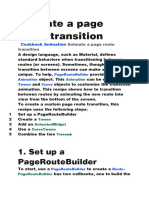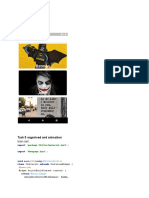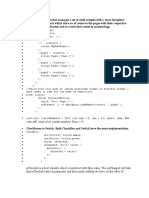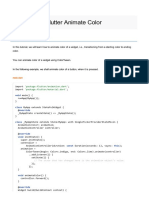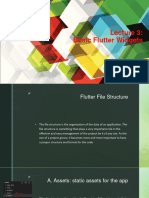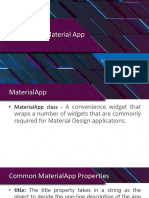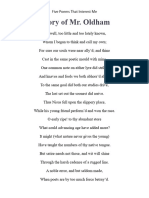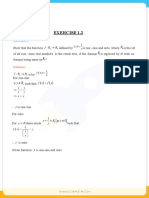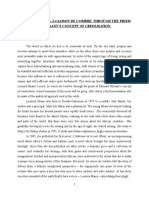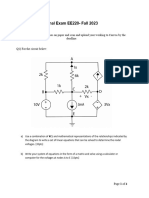0% found this document useful (0 votes)
41 views32 pagesUNIT 4 - Animation in Flutter
This document provides an overview of animations and navigation in Flutter, detailing implicit and explicit animations, their key features, and examples of usage. It also covers various navigation methods such as push/pop navigation, named routes, bottom navigation bars, and drawer navigation, with code examples for each. The content aims to enhance user experience through effective animation and navigation techniques.
Uploaded by
Surya DharshiniCopyright
© © All Rights Reserved
We take content rights seriously. If you suspect this is your content, claim it here.
Available Formats
Download as DOCX, PDF, TXT or read online on Scribd
0% found this document useful (0 votes)
41 views32 pagesUNIT 4 - Animation in Flutter
This document provides an overview of animations and navigation in Flutter, detailing implicit and explicit animations, their key features, and examples of usage. It also covers various navigation methods such as push/pop navigation, named routes, bottom navigation bars, and drawer navigation, with code examples for each. The content aims to enhance user experience through effective animation and navigation techniques.
Uploaded by
Surya DharshiniCopyright
© © All Rights Reserved
We take content rights seriously. If you suspect this is your content, claim it here.
Available Formats
Download as DOCX, PDF, TXT or read online on Scribd
/ 32










